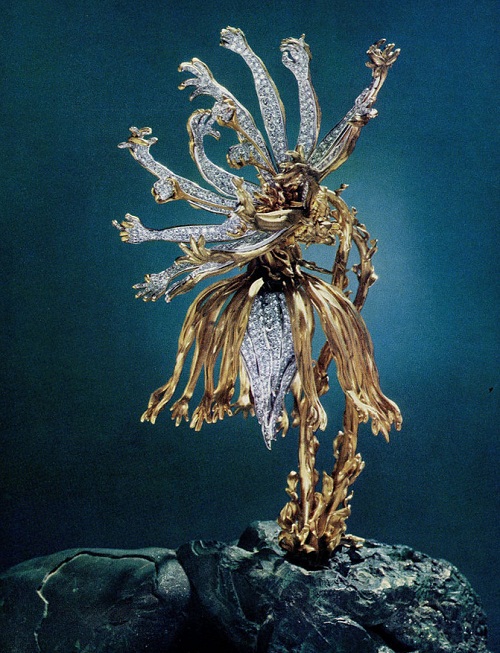Bird symbolic jewellery
Bird symbolic jewellery
In most cultures, birds have always played major roles as symbols. A few of these include the sacred ibis of Egypt symbolized the moon god, Thoth, a deity of wisdom, apparently because its curved bill resembled the crescent moon. Cranes were symbolic of Apollo, the Greek god of the sun. The hoopoe plays a major role in the “The Conference of the Birds” in Islamic mysticism. Doves are well recognized as symbols of love and peace, and the Holy Spirit in Jude-Christian cultures is often symbolized as a dove. Birds are found as emblems or escorts of Celtic goddesses, especially the carrion-eaters, such as crows or ravens, that accompanied goddesses of war and death. Birds sometimes represented souls leaving the body, as their connection with warrior goddesses would suggest, but they also were seen as oracular. The designs formed by birds in flight were the basis of a now-lost system of divination.
Read more »






